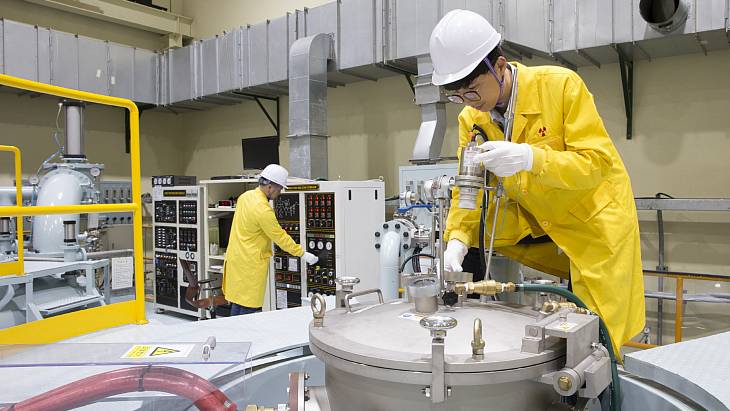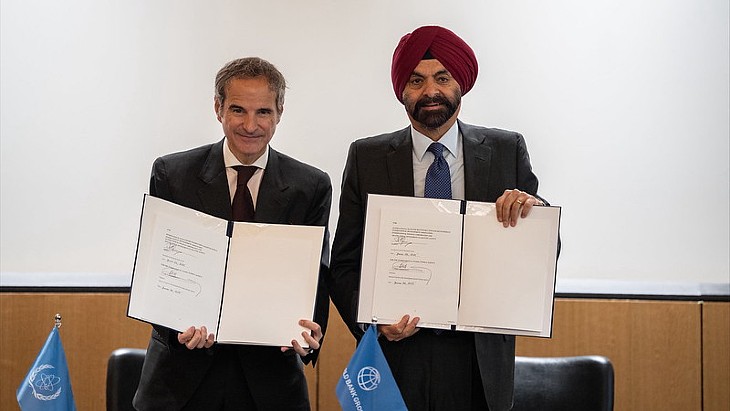Korea signs nuclear fuel MoU for Poland's MARIA research reactor

KAERI Director Park Won-seok said: "The international community is looking for new nuclear fuel suppliers after the outbreak of the Ukraine-Russia war."
The Memorandum of Understanding with Poland's National Centre for Nuclear Research sees the South Korean institute looking to supply two bundles of fuel for MARIA on a trial basis in 2024 for safety screening, to qualify for nuclear fuel supply in 2026. It is "the first case in which nuclear fuel developed with purely domestic technology is supplied overseas in the form of a lead test assembly," KAERI said.
The U3Si2 fuel is part of a move towards nuclear fuel with low-enriched uranium because of safeguards concerns about using highly enriched uranium. To maintain high performance, KAERI "solved the difficult problem by developing the world’s only centrifugal spray nuclear fuel powder manufacturing technology - a method of mass-producing fine and uniform spherical powder by melting uranium silicide at 2000 degrees Celsius and then spraying it on a disk rotating at high speed".
The institute says that using this method makes it possible to manufacture nuclear fuel plates with a high density of 5.3gU/cc or more. France, the USA and Korea are currently the only producers of high-density low-enriched uranium silicide plate nuclear fuel. From last December to the end of March this year, the institute conducted first stage performance verification of the fuel in the Belgian research facility BR2 which, it said, "confirmed that the self-developed nuclear fuel remains safe without exploding or leaking radiation even under extreme conditions where more than 70% of the fuel is burned".
KAERI nuclear fuel researcher Jeong Yong-jin said that the "the global research fuel market is worth KRW300 billion (USD231 million) a year - if the cooperation between the two institutions for nuclear fuel verification is successfully completed, the research institute is expected to achieve more than KRW30 billion in nuclear fuel exports per year".
MARIA is the only operating nuclear reactor in Poland. The high flux research reactor - located at the Świerk Research Centre about 30 kilometres south-east of Warsaw - is a water and beryllium moderated reactor of a pool type with graphite reflector and pressurised channels containing concentric six-tube assemblies of fuel elements. The 30 MWt reactor achieved first criticality in December 1974. It is currently licensed to operate until 2025 but is expected to continue operating until at least to 2030, with Poland's nuclear research centre saying it could operate for another 30 years, subject to sufficient funds for operating it and modernisation. It says one week of its production of radiopharmaceuticals supplies 100,000 patients with the means for diagnosis and therapy.
_49098.jpg)
_57190.jpg)
_70526.jpg)
_75453.jpg)





..._58412.jpg)

